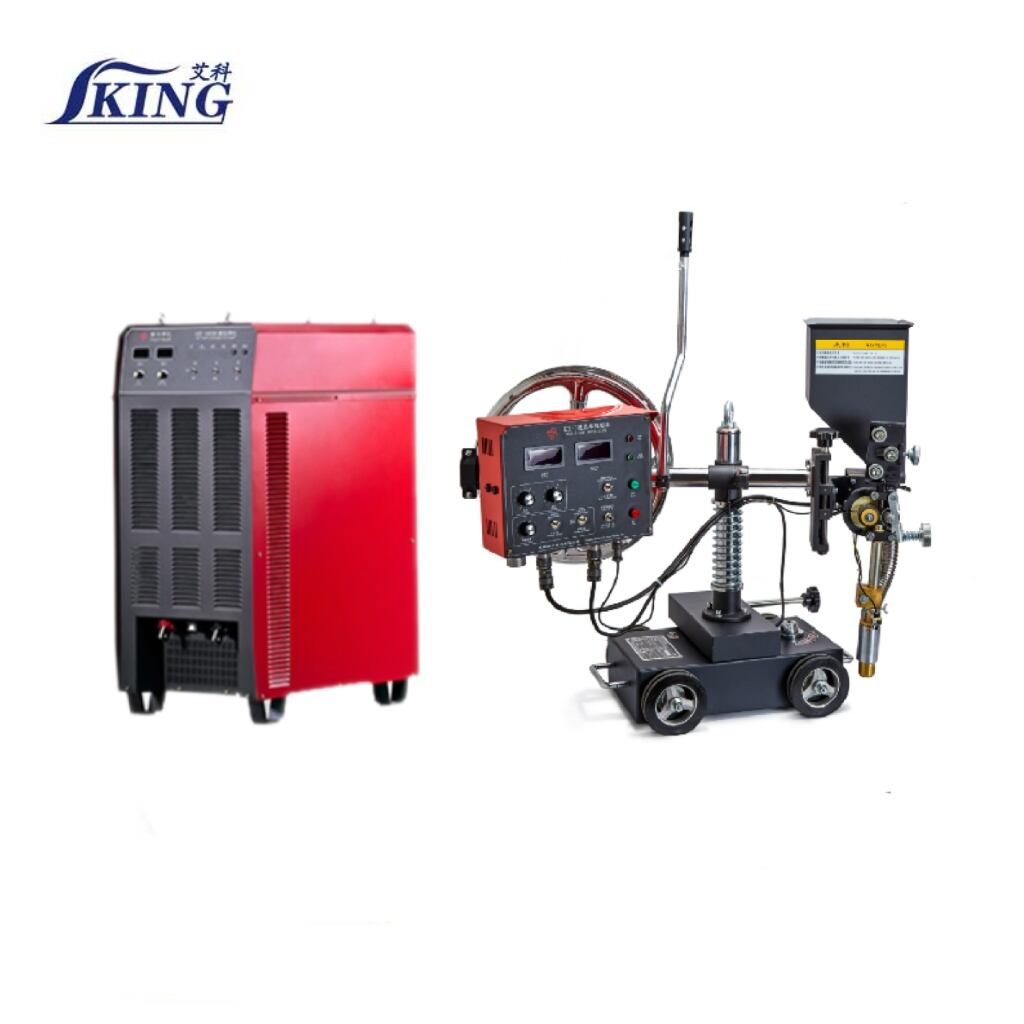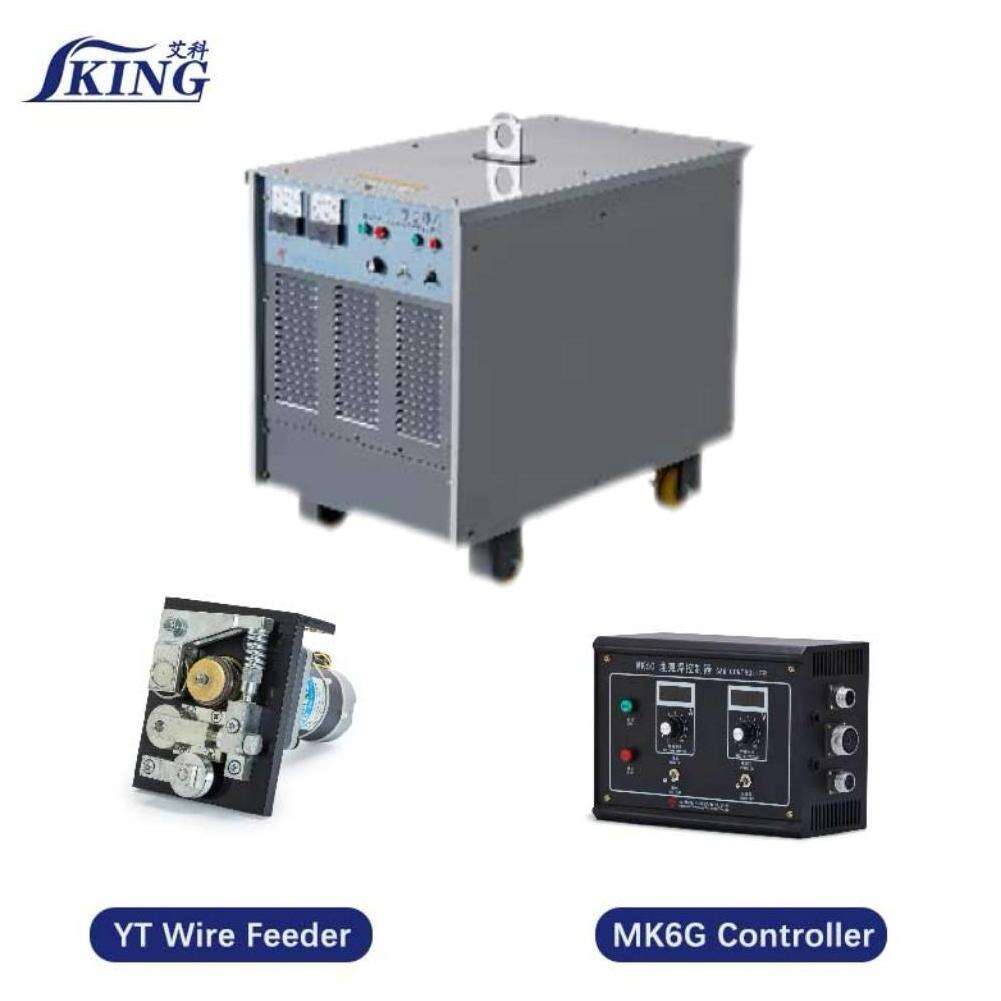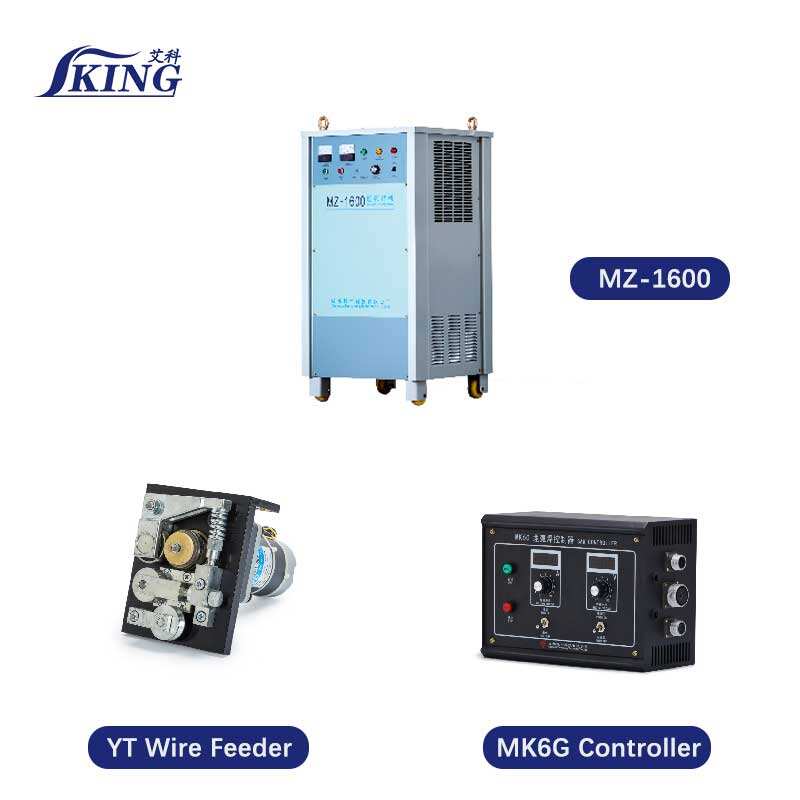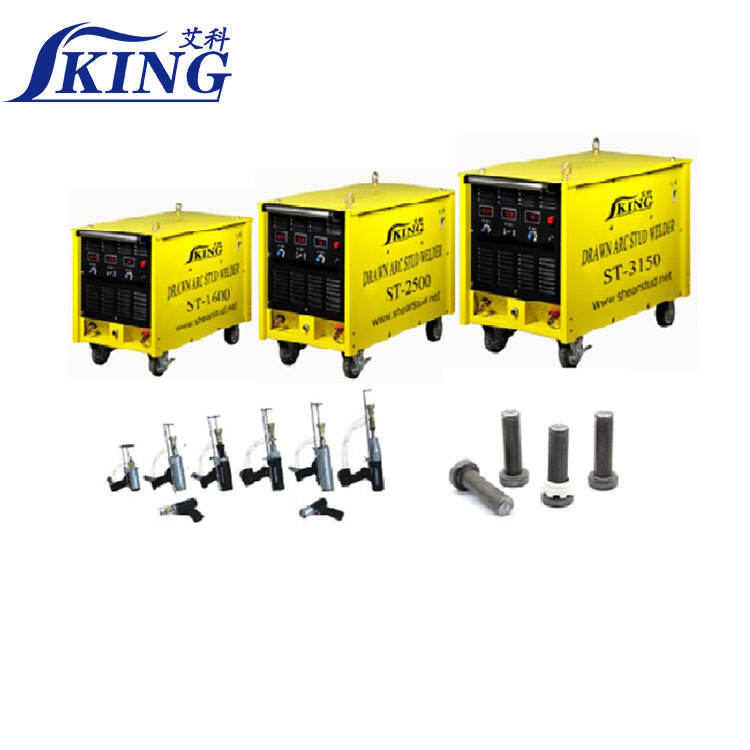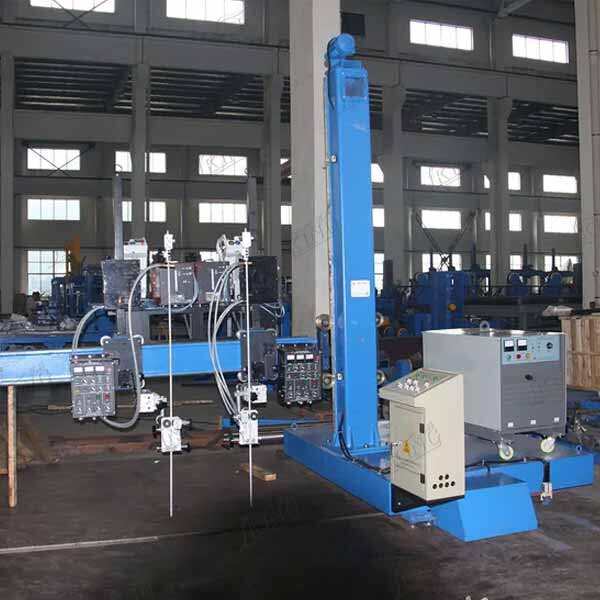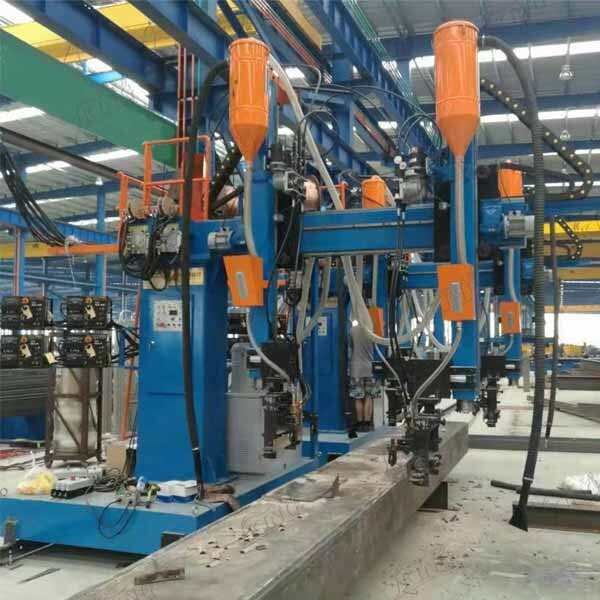electroslag welding process
Electroslag welding is a highly efficient vertical welding process that revolutionizes the joining of thick metal plates. This sophisticated welding technique operates by maintaining a molten slag bath between the workpieces, which is heated by electrical resistance to temperatures exceeding 1800°C. The process begins with a start plate and employs copper shoes or dams on either side to contain the molten pool. As the welding progresses, the slag bath melts both the filler metal and the edges of the base material, creating a deep and consistent weld pool. The process is particularly notable for its ability to complete welds in a single pass, regardless of material thickness. The welding head moves upward as the process continues, with the solidified weld metal supporting the molten pool above it. Electroslag welding is predominantly used in heavy industrial applications, including the fabrication of pressure vessels, ship building, and large structural components. The process excels in joining thick plates ranging from 1 to 12 inches in a single pass, offering unmatched efficiency for vertical welding applications. The controlled environment of the process ensures minimal distortion and consistently high-quality welds, making it an ideal choice for critical applications where weld integrity is paramount.

